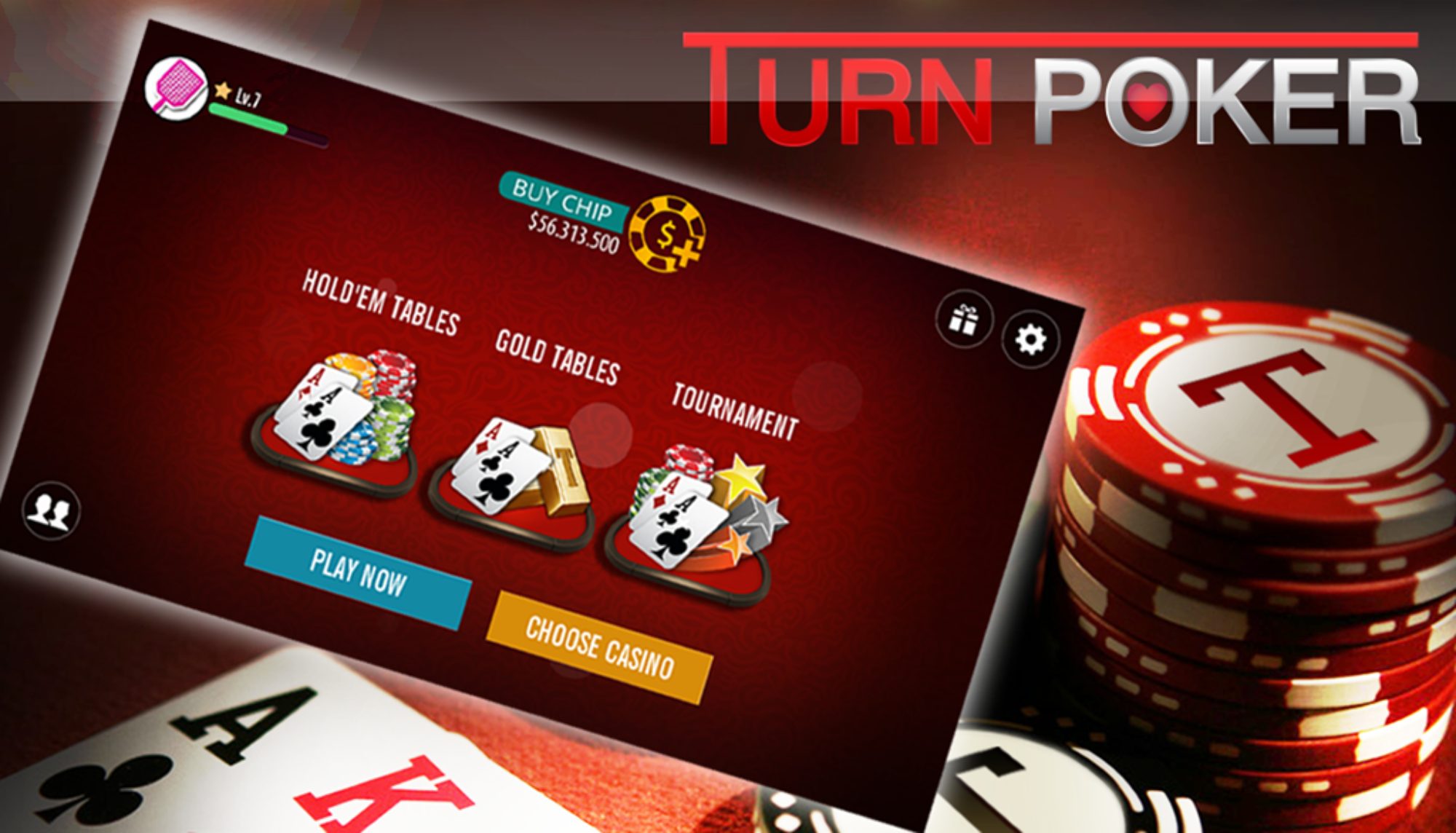Online Poker vs. Live Poker – Understanding the Key Differences and Necessary Adjustments

Poker has long been a beloved pastime, captivating players around the world with its blend of skill, strategy, and chance. With the rise of technology, the game has evolved significantly, giving birth to two distinct forms: online poker and live poker. Each format offers unique experiences, rules, and social dynamics that can greatly influence a player’s strategy and enjoyment.
Online poker provides the convenience of playing from anywhere at any time, enabling players to access a vast array of games and stakes. The digital interface allows for rapid gameplay, often resulting in more hands played in a shorter time frame. This fast pace can be appealing for those looking to hone their skills or maximize their earning potential. However, it also presents its own set of challenges, including the need for a strong understanding of the software and the ability to read the game without the benefit of physical tells.
In contrast, live poker immerses players in a social environment that emphasizes interaction and psychological warfare. The tactile experience of handling physical cards and chips, along with the ability to read opponents’ body language, adds depth to the game that many enthusiasts cherish. The slower pace allows for more strategic thinking and offers opportunities for players to engage with one another, creating a communal atmosphere. However, this format often requires more patience and a different approach to bankroll management due to the increased time commitment involved.
As we delve deeper into the key differences and necessary adjustments for each format, it becomes clear that the choice between online and live poker hinges on personal preference, playing style, and the specific experiences players seek from the game.
Gameplay Mechanics: How Online and Live Poker Vary
When it comes to poker, the gameplay mechanics can vary significantly between online and live formats. Each style of play has its unique features that cater to different player preferences and experiences. Understanding these differences is crucial for anyone looking to transition from one format to the other or for those who want to enhance their overall poker skills.
Online poker offers a fast-paced environment where players can engage in multiple tables simultaneously, while live poker tends to emphasize a more social atmosphere. Here are some key differences in gameplay mechanics between the two:
Key Differences in Gameplay Mechanics
- Speed of Play:
- Online Poker: Hands are dealt quickly, often allowing for several games in a short period.
- Live Poker: The pace is slower, as players interact, chat, and wait for physical actions like shuffling and dealing.
- Player Interaction:
- Online Poker: Interaction is limited to chat features, reducing the social aspect of the game.
- Live Poker: Players can read body language and engage in face-to-face conversations, which can influence gameplay.
- Table Selection:
- Online Poker: Players can easily switch tables and find games at any stakes, enhancing flexibility.
- Live Poker: Players may have to wait for seats at popular tables, limiting options.
Both online and live poker have their unique appeal, but these gameplay mechanics significantly shape the player experience. By understanding how these differences influence strategy and interaction, players can make informed decisions about which format suits them best.
Player Interaction: The Social Dynamics of Online and Live Poker
Player interaction is one of the most significant aspects that differentiates online poker from live poker. In live poker, players experience face-to-face engagement, allowing for nuanced social dynamics and non-verbal communication. The ability to read opponents through their body language, facial expressions, and physical gestures adds a layer of psychological strategy that is often absent in online settings.
Conversely, online poker fosters a different form of interaction. While players may not see each other, they engage through chat features and can even use avatars or images to represent themselves. This digital environment creates unique challenges and opportunities for communication, often leading to a more strategic focus rather than relying on physical tells.
Key Differences in Player Interaction
- Face-to-Face Interaction: In live poker, players can observe each other’s reactions and adjust their strategies accordingly.
- Non-Verbal Cues: Live settings allow players to pick up on subtle cues that can influence betting decisions.
- Chat Features: Online poker offers chat functions, enabling players to engage in banter or psychological warfare, albeit without the physical cues.
- Anonymity: Online poker can create a level of anonymity that alters player behavior, as some may take more risks than they would in person.
In summary, the social dynamics in online and live poker present distinct experiences for players. Understanding these differences can significantly enhance a player’s strategy, whether they are navigating the psychological intricacies of a live game or the unique challenges of an online format.
Adjustments for Success: Strategies for Online and Live Poker Players
Successfully transitioning between online and live poker requires players to adapt their strategies to the unique dynamics of each format. While both share fundamental principles, the differences in environment, pace, and player behavior necessitate distinct approaches to achieve optimal performance. Understanding these adjustments can significantly enhance a player’s overall game.
For online players, the speed of play and the availability of tools can influence decision-making. Conversely, live players must pay close attention to physical tells and the slower pace of the game, which allows for deeper strategic considerations. Below are some essential strategies for both formats that can lead to success.
Key Strategies for Online and Live Poker
- Online Poker Adjustments:
- Utilize software tools: Take advantage of tracking and analysis software to gain insights into your performance and that of your opponents.
- Focus on volume: Since online games are faster, aim to play a higher number of hands to maximize profit potential.
- Adjust your timing: Use the quick nature of online play to your advantage by adopting a balanced timing approach in your bets and raises.
- Live Poker Adjustments:
- Observe your opponents: Pay close attention to physical tells and betting patterns to gauge the strength of your opponents’ hands.
- Manage your emotional state: Stay calm and composed, as live environments can be more psychologically demanding.
- Adapt your play style: Be flexible in your strategy, adjusting to the tempo and behavior of the table dynamics.
In conclusion, both online and live poker present unique challenges and opportunities. By understanding the differences and applying targeted strategies, players can enhance their performance across both formats. Embracing adaptability is crucial for success, as each environment offers distinct ways to leverage your skills and insights.

